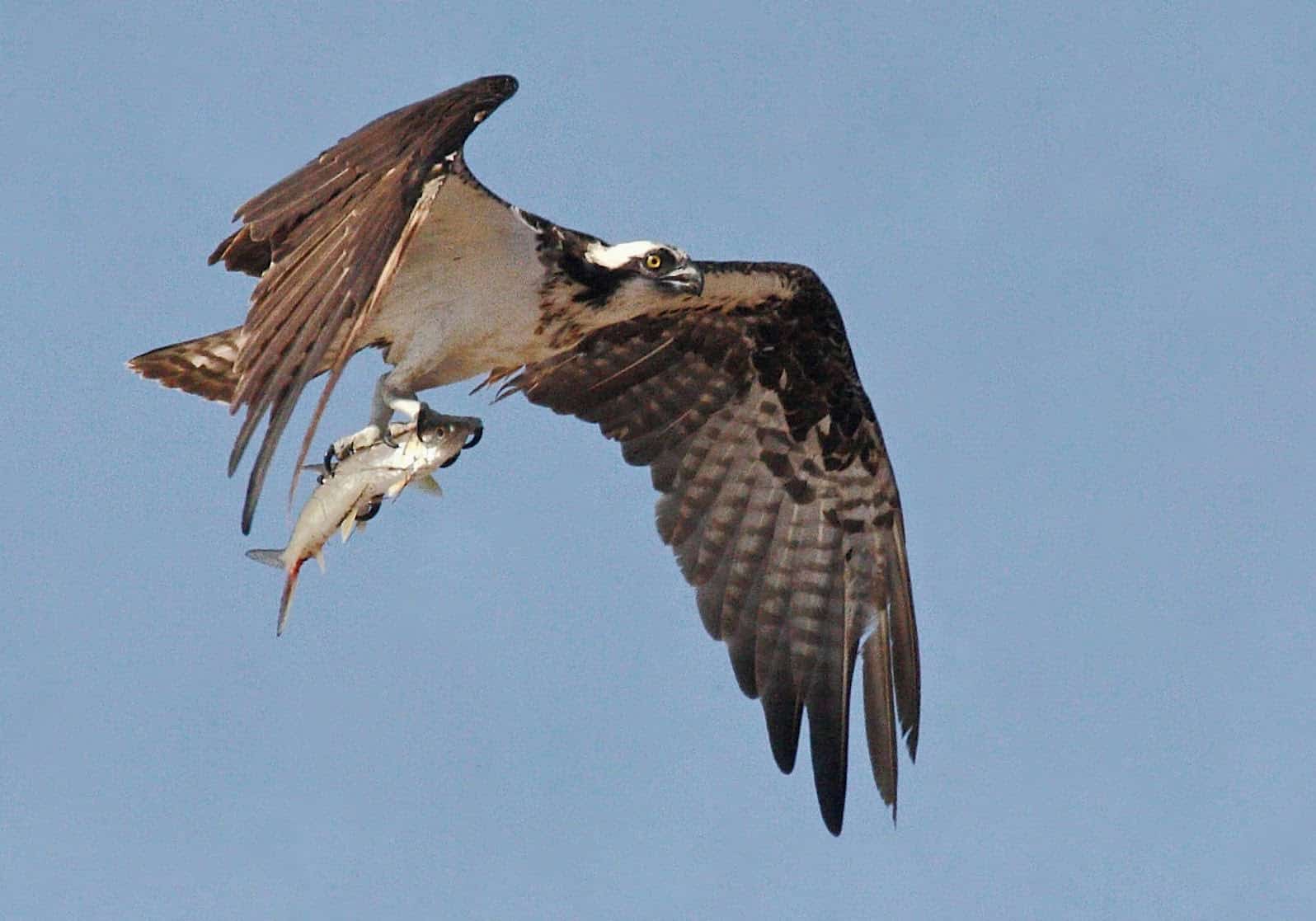Harness a safe hunt this deer season
BY Chuck Long
ON 09-22-2021
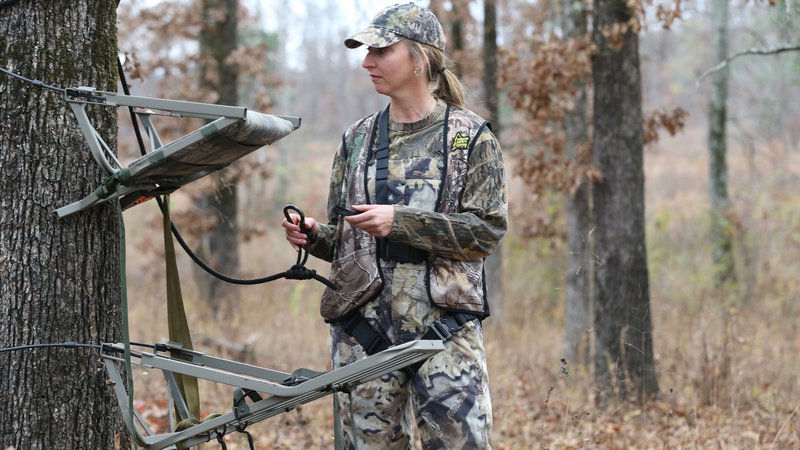
Sept. 22, 2021
Chuck Long
AGFC Northeast Regional Educator, Jonesboro
LITTLE ROCK — Innovations in gear used by bowhunters to pursue white-tailed deer continues to evolve at a rapid pace. Bows that were obnoxiously loud and required a heavy draw weight have been replaced by lighter, whisper-quiet bows thats shoot arrows lightning fast at a minimal draw weight. Arrows have become more durable, consistent and forgiving and the choices in broadheads range from traditional deep-penetrating fixed-blade heads to devastating mechanicals that cut a huge swath through flesh. Clothing comes in a wide range of camo patterns to hide the human profile from the keen eyes of a whitetail and is also designed to lessen the scent dispersion of a hunter. All these are important, but one sector of hunting gear that is vital to a safe hunt has also seen great advances. Fall arrest systems have transitioned from simple belts to harnesses that will keep a hunter safe should an unexpected fall occur.
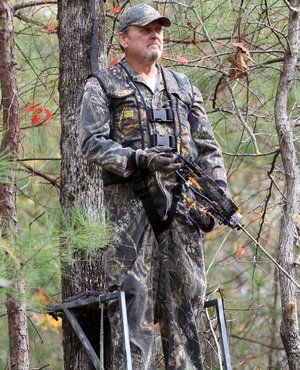
There were 19 reported hunting incidents reports in Arkansas in the 2020-21 hunting season. Of those 19 incidents, 10 were falls from treestands. In each of these cases, the proper use of a treestand harness could have prevented a tragedy.
In the early days of treestand use, many hunters resorted to a simple belt as a restraint in case of a fall. These belts were first worn around the waist, but fall incident reports showed wearing a single belt around the waist could cause lung constriction and suffocation if a fall occurred. The idea was circulated to move the belt to the chest area, just below the armpits, but the same result occurred, breathing could be hampered in a fall. That led to the development of modern harness systems.
Many hunters did not like to wear a safety harness because they were cumbersome or noisy, but that is no longer the case. Fall arrest systems have changed dramatically to provide greater comfort and ease of use. Many manufacturers offer fall arrest systems and they are available in a wide array of configurations. Some hunters prefer the minimal webbing-style harnesses with simple straps and buckles. These harnesses often weigh two pounds or less and are perfect to wear under the outer layer of a layering system. They have minimal impact on the comfort of the hunter and allow a full range of movement.
On the other end of the spectrum is a fall arrest system integrated into some type of clothing, most often a vest. Some hunters prefer this type as it completely hides the harness while providing safety and comfort. There are also harnesses that fall in between the minimal style and the vest style. These harnesses provide comfort, range of movement and some pocket storage.
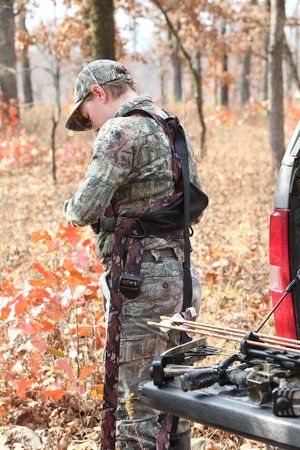
In addition to a harness, consider adding a lifeline to complete the fall arrest system. Also available from several manufacturers, the lifeline attaches to the tree above the stand. The tether from the harness is attached with a sliding knot called a Prusik knot that allows slow ascent and descent but tightens and locks in place in the event of a fast drop. Many treestand falls occur at the moment of getting into or out of the stand, and a lifeline offers an additional point of contact with the tree during that critical time.
Much like other hunting gear, the fall arrest system is a very personal piece of equipment. It is a good idea to try on several brands and styles and then choose a harness that provides great comfort and fit. A good safety system is vital to ensure a lifetime of wonderful hunting experiences. Take some time and find a fall arrest that fits your hunting style. And remember to “harness before the hunt.”
Recent News
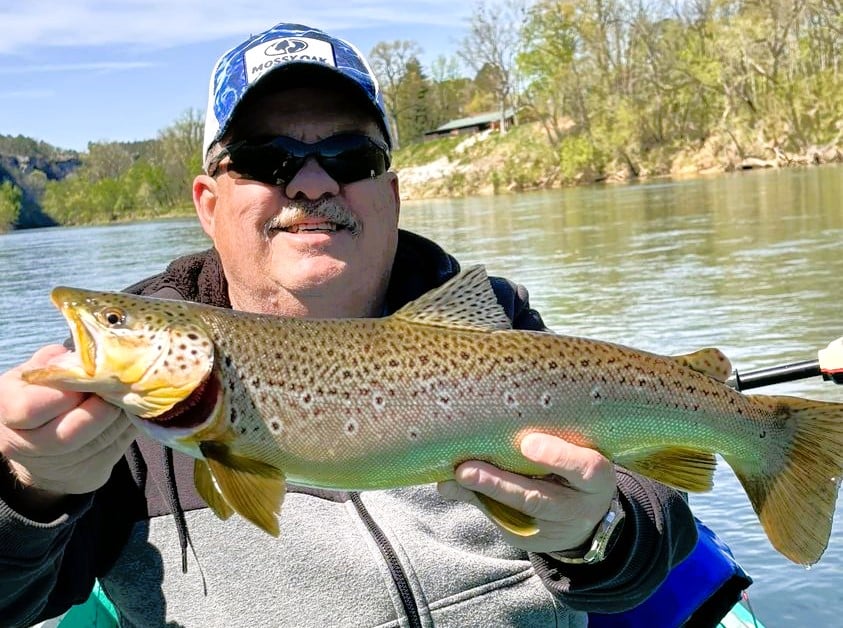
Arkansas Wildlife Weekly Fishing Report
Apr. 18, 2024
Subscribe to Our Weekly Newsletter E-mails
Don’t miss another issue. Sign up now to receive the AGFC Wildlife Weekly Newsletter in your mailbox every Wednesday afternoon (Waterfowl Reports are published weekly during waterfowl season and periodically outside the season). Fishing Reports arrive on Thursdays. Fill in the following fields and hit submit. Thanks, and welcome!

